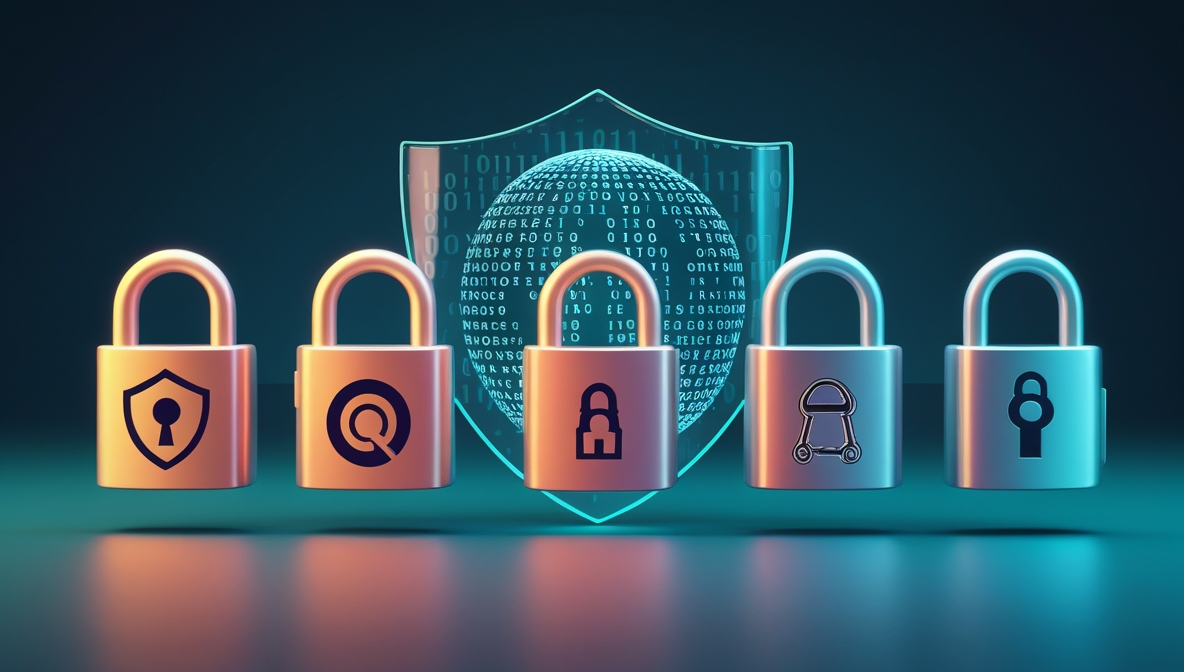In today’s digital age, identity theft and cybercrime are more prevalent than ever. Our online presence, from financial records to social media profiles, has made us vulnerable to an array of cyber threats. This is where identity protection services come into play. These services act as a digital shield, safeguarding your personal information against unauthorized access, fraud, and data breaches. Below is a comprehensive guide on how to effectively use identity protection services to fortify your online security.
Understanding Identity Protection Services
Identity protection services are subscription-based platforms designed to monitor, alert, and respond to any suspicious or unauthorized use of your personal information. These services offer features such as:
-
Credit monitoring
-
Dark web scanning
-
SSN tracing
-
Bank account monitoring
-
Real-time fraud alerts
-
Identity theft insurance
The goal is to prevent identity fraud or catch it early enough to mitigate its consequences.
Why Identity Protection is Essential
In an era where data breaches and phishing scams are commonplace, relying on basic antivirus software is no longer sufficient. Identity protection services offer an additional layer of defense that is proactive rather than reactive. Some of the primary reasons to use these services include:
-
Protection against financial fraud
-
Early detection of compromised personal data
-
Support for identity recovery
-
Peace of mind knowing you’re actively being monitored
Step-by-Step Guide on How to Use Identity Protection Services
1. Choose a Reputable Identity Protection Provider
Begin by selecting a trusted identity protection company. Look for providers that offer comprehensive features, high customer satisfaction ratings, and transparent privacy policies. Popular options include:
-
LifeLock
-
Aura
-
IdentityForce
-
Experian IdentityWorks
-
IDShield
Compare their pricing, features, customer support, and the breadth of coverage.
2. Create a Secure Account
Once you’ve chosen a provider, set up your account by providing personal details such as:
-
Full name
-
Social Security number
-
Date of birth
-
Email addresses
-
Phone numbers
-
Bank account and credit card information
Make sure to use a strong, unique password and enable multi-factor authentication (MFA) for added security.
3. Activate All Monitoring Features
After registration, activate all available monitoring services. These typically include:
-
Credit bureau monitoring (Equifax, Experian, TransUnion)
-
Dark web surveillance
-
Public record monitoring
-
Social media account tracking
-
Payday loan and criminal record alerts
Be sure to customize notification settings so you’re immediately alerted of any suspicious activity.
4. Monitor Alerts and Take Action Promptly
When the service detects unusual activity—such as a new account opened in your name or your SSN being found on the dark web—it will send you an instant alert. It’s vital to:
-
Review alerts carefully
-
Respond quickly to confirm or deny the activity
-
Contact the company’s resolution team if needed
Delays in response can give fraudsters more time to exploit your identity.
5. Regularly Review Credit Reports
Most identity protection services include access to credit reports and credit scores. Make it a habit to:
-
Check your credit report monthly
-
Look for unfamiliar accounts or inquiries
-
Dispute incorrect information directly through the provider or credit bureaus
This helps in maintaining a healthy credit profile and catching fraudulent activity early.
6. Utilize Identity Theft Insurance
Many premium identity protection services offer identity theft insurance, often ranging from $1 million or more. This insurance typically covers:
-
Legal fees
-
Lost wages
-
Costs related to restoring your identity
-
Reimbursement for stolen funds
Ensure you understand the terms and limitations of the insurance coverage.
7. Protect Your Devices and Accounts
While identity protection services provide comprehensive monitoring, it’s also important to implement good digital hygiene practices, such as:
-
Using VPNs when on public Wi-Fi
-
Keeping software updated
-
Installing antivirus and anti-malware tools
-
Avoiding suspicious emails or websites
-
Using unique passwords and password managers
Together with identity protection services, these practices provide multi-layered security.
8. Take Advantage of Family Protection Plans
Many providers offer family plans, which include monitoring for children and spouses. This is particularly important because:
-
Children’s SSNs are valuable targets for cybercriminals
-
Spouses may also be at risk, especially if they use shared devices or networks
Family coverage ensures that all household members are equally protected.
9. Engage with Customer Support and Recovery Experts
If your identity is compromised, leading providers offer 24/7 access to identity restoration experts. They will:
-
Help file police reports
-
Contact creditors and agencies
-
Assist with paperwork and dispute processes
-
Help secure new documentation (e.g., driver’s license or passport)
Having professional support can significantly reduce stress and recovery time.
Features to Look For in a Premium Identity Protection Service
To maximize protection, opt for services that include:
-
Triple-bureau credit monitoring
-
Bank account takeover alerts
-
Real-time fraud notifications
-
Lost wallet assistance
-
Criminal court record checks
-
Sex offender registry monitoring
-
Change of address monitoring
The more features your service offers, the more secure your identity becomes.
Common Mistakes to Avoid
When using identity protection services, avoid the following pitfalls:
-
Ignoring alerts or delaying response times
-
Failing to update personal information
-
Relying solely on the service without practicing personal cyber hygiene
-
Choosing the cheapest option without considering feature breadth
-
Not reading the fine print of insurance policies
Being vigilant and proactive is key to getting the most out of these services.
Conclusion: Safeguard Your Identity Proactively
Identity theft can have devastating consequences—emotionally, financially, and legally. By using a robust identity protection service, you place a strong barrier between your personal information and cybercriminals. But remember, the tool is only as effective as your commitment to use it properly. From choosing the right provider to actively managing alerts and reports, every step matters in maintaining your digital security.




